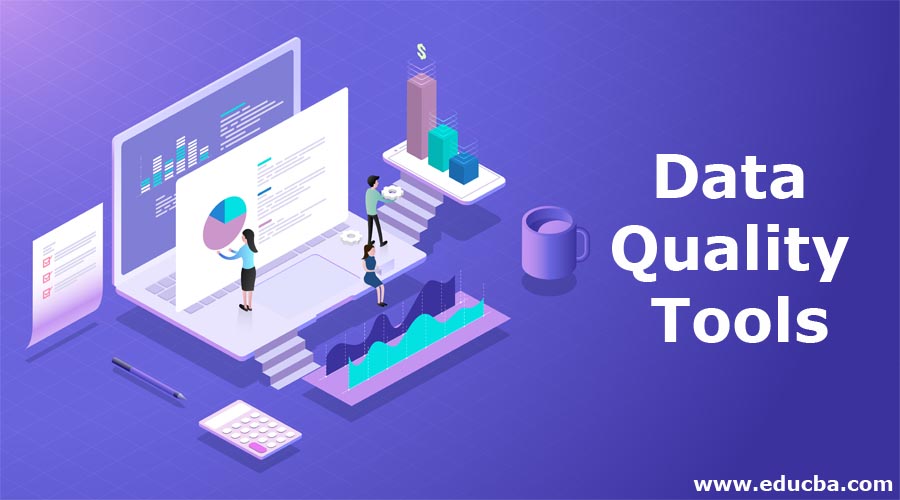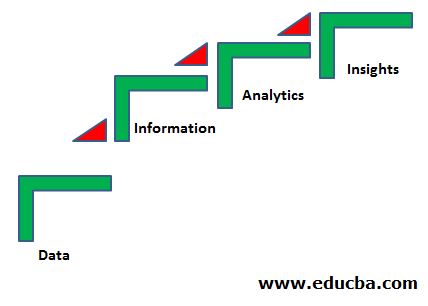Updated May 30, 2023

Introduction to Data Quality Tools
In the Digital Era, the availability of big data facilitates new generation Industries to design novel business models and automate their business operations. It also helps them invent new technological solutions, which generate new business opportunities. Big data is generated from sensors, machines, social media, Web sites, and e-commerce portals. Data is the new oil and an asset to any organization, and there are attempts to monetize the data. There are bound to be variations and inconsistencies in the data collected from many heterogeneous sources. A mechanism should be to correct anomalies at the source or post-collection and ensure high data quality. Unless the data is accurate, the insights we get from it will have no sense, and we will be unable to make meaningful comparisons and draw inferences from them.
In this article, let us study Data Quality tools and their features.
What is Data Quality Tool?
Before examining the data quality tool, let’s dwell on data quality and understand its importance.
Data Quality:
The success of any organization depends on the quality of the data collected, stored, and used for deriving insights. Quality data forms the core part of any business, in the bottom layer of the information hierarchy. The information layer, Analytics layer (knowledge), and Insights (wisdom) layers are on top of the data layer in the respective order mentioned (refer to Fig-1).
Data quality can be defined as a characteristic that makes the data fit for its intended use, and it can also be defined as the characteristic that makes the data represent the true picture it is supposed to project. The above two definitions are in total contrast as the first insists on completing the day-to-day transaction, and the other aims to achieve the end-to-end purpose for which the attributes are designed.
For example, Employee Master in payroll contains so many attributes few of them are mandatory for calculating the monthly payment. If all such fields are present correctly, that will be sufficient to run payroll, and this will meet the first definition of data quality. For doing manpower planning, skill planning, dynamic work allocation, and effective utilization of manpower, most of the attributes should have the right quality of data, and this will meet the second definition of data quality.
Importance of Data Quality
- Accurate data produces accurate analysis & dependable results, avoids wastage, and enhances the productivity and profitability of the Organization.
- Reliable data provides an edge to the business in fighting competitive markets.
- It facilitates the system to be compliant with all local and international regulations.
- Companywide digital transformation and cost-saving programs can be implemented with adequate data backup.
Steps to Improve Data Quality:
- Having the right mix of People, Processes, and Technology with adequate support from top management is the first step to improving data quality.
- Install a system to measure and improve a set of Quality Dimensions like Uniqueness, Precision, Conformity, Consistency, Completeness, Timeliness, and Relevance.
- Data accuracy, Data validity, and Data Integrity are the other aspects of good data quality management.
- There should always be a single source for Data, and we should avoid getting it from multiple resources.
Data Quality Tools
Any DQ tool typically does data cleansing, data integration, and Managing master data and Metadata by adopting the guidelines in the various disciplines of DQM as given below.
- Data Governance
- Data Matching
- Data Profiling
- Data Quality Monitoring and Reporting
- Master Data Management (MDM)
- Customer and Product Data Management
- Data Asset Management
Apart from cleansing the data as it is created, these DQ tools suggest processes and procedures to generate quality data at the source.
The ways of selecting the right DQ Tools are:
- Enumerate the data issues an organization is facing.
- Clearly understand the features of the various DQ tools in the market.
- Study the pros and cons of using shortlisted DQ tools.
- Choose the right one.
DQ Tools & Features
Below are the various DQ tools and their features:
| DQ Tool | Key Features | Value to the Users |
| Informatica Quality Data MDM Solutions | Data Standardization, deduplication, validation, consolidation, and robust MDM solution. | MDM supports structured and unstructured data. AI features enabled. |
| SAS Data Management | Data Integration and Cleansing. Uses Data governance and metadata management disciplines of DQ management. | Unstructured data. AI features Graphical interfaces and a powerful wizard for effective data management. |
| Experian Aperture Data Studio | Data discovery and profiling, Data monitoring, and Data cleansing. Works with any data. | Easy to use DQ management tool. Workflow designer enables easy data quality monitoring. |
| IBM InfoSphere Quality Stage | Data cleansing and Data management. Data profiling helps deep analysis of data. | Machine learning-enabled high data accuracy. |
| Cloudingo | Data integrity and cleansing. Removes duplicates and human errors. | Used extensively in Salesforce. It has a drag-and-drop interface. |
| Talend Data Quality | Data Standardization, Deduplication, Validation. | Uses ML features to maintain clean data. |
| Data Ladder | Data Cleansing. Uses data matching and deduplication techniques for cleansing. | Very high data accuracy. Manages multiple databases and big data. |
| SAP Data Services | Data integration, transformation, and Master data Management. Uses text analysis, auditing, and data profiling techniques. | Handles data from multiple sources and provides reliable data for analytics. |
| OpenRefine | Data Cleansing, including big data. | Open-source tool. Supports multiple languages. |
Advantages
Data Quality tool enhances the accuracy of the data a. while it is generated at the source, b. as it is getting extracted before storage, c. transformation post its storage. Its main benefits are
- Builds confidence in the business to venture into transformation exercise.
- Scales up revenue, profits, new business, and productivity for the business.
- Reduces wastages, saves cost, shrinks time to market, and makes business agile.
- Makes business digital-ready and builds a vibrant brand.
Recommended Articles
This is a guide to Data Quality Tools. Here we discuss what is Data Quality Tool and the steps to improve Data Quality along with its key features in detail. You can also go through our other suggested articles to learn more –


